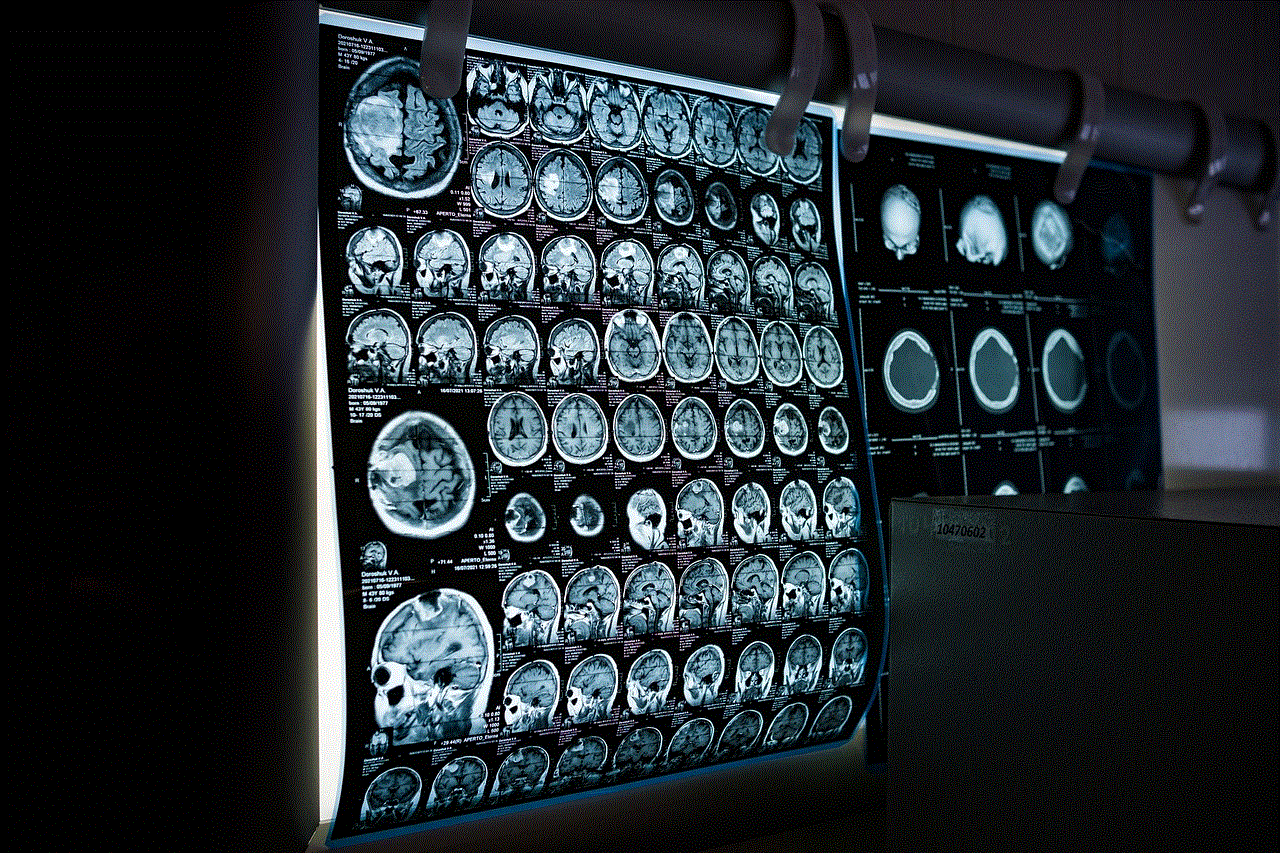dementia tracking watch
Dementia is a debilitating condition that affects millions of individuals worldwide. It is a progressive disorder that causes a decline in cognitive functioning, leading to memory loss, disorientation, and difficulty with daily tasks. As the global population ages, the number of people living with dementia is expected to increase significantly. According to the World Health Organization, there are currently around 50 million people living with dementia, and this number is projected to triple by 2050.
One of the biggest challenges of caring for someone with dementia is ensuring their safety and wellbeing. People with dementia often have difficulty remembering important information, such as their address or the names of their loved ones. They may also become disoriented and wander off, putting themselves at risk of getting lost or injured. This is where a dementia tracking watch comes into play.
A dementia tracking watch is a wearable device that is specifically designed for individuals with dementia. It is equipped with advanced features that allow caregivers to monitor and track the wearer’s location, vital signs, and daily activities. This type of technology has been a game-changer for families and caregivers of individuals with dementia, providing peace of mind and improving the quality of life for both the person with dementia and their loved ones.
In this article, we will delve deeper into the world of dementia tracking watches, exploring their features, benefits, and how they have revolutionized the way we care for individuals with dementia.
What is a Dementia Tracking Watch?
A dementia tracking watch is a GPS-enabled device that is worn on the wrist, similar to a regular watch. It may also have additional features, such as a heart rate monitor and fall detection, to provide a comprehensive view of the wearer’s health and wellbeing. The watch is connected to a smartphone app, which allows caregivers to monitor the wearer’s location and receive alerts if the wearer leaves a designated safe zone or if there is a change in their vital signs.
One of the main advantages of a dementia tracking watch is its discreet design. Unlike other tracking devices, such as ankle bracelets or bulky trackers, the watch is aesthetically pleasing and does not draw attention or cause discomfort to the wearer. This is especially important for individuals with dementia, who may be resistant to wearing anything that makes them stand out.
Features of a Dementia Tracking Watch
Dementia tracking watches come with a variety of features that make them an essential tool for caregivers and families of individuals with dementia. Let’s take a closer look at some of these features:
1. GPS Tracking : The most crucial feature of a dementia tracking watch is its GPS tracking capability. This allows caregivers to locate the wearer in real-time, making it easier to find them if they become lost or disoriented. The watch is connected to a smartphone app, which displays the wearer’s location on a map, along with their previous movements.
2. Geo-Fencing: Geo-fencing is a feature that allows caregivers to set virtual boundaries for the wearer. If the wearer crosses these boundaries, the caregiver will receive an alert, allowing them to take immediate action. This feature is particularly useful for individuals with dementia who tend to wander off.
3. Fall Detection: Falls are a common occurrence among individuals with dementia, and they can lead to serious injuries, such as broken bones or head trauma. Dementia tracking watches come with fall detection technology that automatically sends an alert to caregivers if the wearer falls. This allows caregivers to respond quickly and provide the necessary medical assistance.
4. Heart Rate Monitoring: Some dementia tracking watches also come with heart rate monitoring capabilities. This feature allows caregivers to track the wearer’s heart rate and receive alerts if there are any significant changes. This can help in the early detection of health issues and allow for timely intervention.
5. Activity Tracking: Dementia tracking watches can also monitor the wearer’s daily activities, such as steps taken and calories burned. This information can be useful for caregivers to ensure that the wearer is getting enough physical activity, which is essential for maintaining overall health and wellbeing.
6. Two-Way Communication: Many dementia tracking watches come with two-way communication, allowing caregivers and wearers to communicate with each other easily. This can be helpful in situations where the wearer needs assistance or reassurance.
Benefits of a Dementia Tracking Watch
The use of a dementia tracking watch has numerous benefits for both the person with dementia and their caregivers. Let’s take a look at some of these benefits:
1. Safety and Security: The primary benefit of a dementia tracking watch is the safety and security it provides for the wearer. It allows caregivers to monitor the wearer’s location and receive alerts if there are any changes or emergencies, giving them peace of mind and ensuring the wearer’s safety.
2. Independence: Dementia tracking watches allow individuals with dementia to maintain a certain level of independence while still being monitored and protected. This can be a significant boost to their self-esteem and quality of life.
3. Reduces Stress and Anxiety: Caring for someone with dementia can be stressful and anxiety-inducing, as caregivers are always worried about the safety and wellbeing of their loved one. Dementia tracking watches can alleviate some of this stress by providing real-time updates and alerts, allowing caregivers to relax and focus on other aspects of caregiving.



4. Improves Communication: Dementia tracking watches with two-way communication can improve communication between the wearer and their caregiver. This can help in building a stronger relationship and creating a sense of security for the wearer.
5. Early Detection of Health Issues: The heart rate monitoring feature of dementia tracking watches can help in the early detection of health issues, allowing for timely intervention. This can prevent potentially serious health complications and improve the overall health of the wearer.
6. Cost-Effective: Dementia tracking watches are a cost-effective solution compared to other tracking devices, such as ankle bracelets or hiring a caregiver to monitor the individual’s movements. They are also more discreet and less intrusive, making them a preferred choice for many families and caregivers.
The Future of Dementia Tracking Watches
As technology continues to advance, so do dementia tracking watches. Companies are constantly working on improving the features and capabilities of these devices to provide better care for individuals with dementia. Some of the developments we can expect to see in the future include:
1. Artificial Intelligence: With the integration of artificial intelligence, dementia tracking watches will be able to learn the wearer’s routines and habits, making it easier to detect any changes or irregularities.
2. Voice Commands: Voice commands will allow the wearer to request assistance or communicate with their caregiver through the watch, making it easier for individuals with dementia to use the device.
3. Predictive Analytics: Dementia tracking watches may also incorporate predictive analytics, which will use data collected over time to predict potential health issues or emergencies.
4. Virtual Reality: Virtual reality technology is being explored to help individuals with dementia maintain their cognitive functioning. Dementia tracking watches may incorporate this technology to provide cognitive stimulation and improve memory.
Conclusion
Dementia tracking watches have revolutionized the way we care for individuals with dementia. They provide a sense of safety and security for both the wearer and their caregivers, allowing individuals with dementia to maintain their independence while still being monitored and protected. With the constant advancements in technology, we can expect to see even more innovative features being incorporated into these devices in the future. Dementia tracking watches are not only a valuable tool for caregivers, but they also improve the quality of life for individuals with dementia, making them an essential device in the fight against this debilitating condition.
how to read other peoples texts from your phone



In today’s digital age, it has become increasingly common for people to rely on their phones for communication. With the advancement of technology, we now have the ability to read and send text messages from our phones, making it a convenient and efficient way to stay in touch with friends, family, and colleagues. However, with this convenience comes the question of whether it is possible to read other people’s texts from your own phone. In this article, we will explore the various ways in which one can potentially read other people’s texts from their phone.
First and foremost, it is important to note that reading someone else’s texts without their consent is a violation of their privacy and is considered unethical. It is important to respect people’s boundaries and not invade their personal space. However, there may be certain circumstances where one may feel the need to read someone else’s texts, such as parental control or suspicion of infidelity. In such cases, it is crucial to have an open and honest conversation with the person and seek their permission before accessing their text messages.
That being said, let us now delve into the ways in which one can potentially read other people’s texts from their phone. The most common and straightforward method is by physically accessing the person’s phone. If the person has not set a passcode or if you know the passcode, you can simply open the messaging app and read their texts. This method, however, is not foolproof as the person may have deleted the messages or may have changed their passcode, making it difficult for you to access their phone in the future.
Another way to read someone else’s texts is by using spyware or tracking apps. These apps can be installed on the person’s phone without their knowledge and can track all their incoming and outgoing texts. While such apps may seem like a convenient way to monitor someone’s texts, it is important to note that they are often illegal and can lead to serious consequences if caught. Moreover, the use of such apps is a breach of trust and can cause strain in relationships.
There are also certain apps that claim to be able to read other people’s texts remotely, without the need for physical access to their phone. These apps usually require you to install them on your own phone and then enter the target person’s phone number. However, the effectiveness of such apps is questionable and they may not work as advertised. In some cases, they may even be scams designed to steal your personal information.
One of the most widely used methods to read other people’s texts is by intercepting their messages. This can be done by intercepting the messages through the network carrier or by hacking into the person’s phone. However, both these methods are illegal and can result in serious consequences. Moreover, hacking into someone’s phone is not only unethical but also poses a risk to their personal information and can lead to identity theft.
Another way to potentially read someone else’s texts is by using a SIM card reader. This device allows you to read all the data stored on a SIM card, including text messages. However, this method requires you to have physical access to the person’s SIM card, which may not always be possible. Furthermore, the person may have deleted their messages from the SIM card, rendering this method ineffective.
If you are trying to read your child’s or teenager’s texts, then you may consider using parental control apps . These apps allow you to monitor your child’s phone usage, including their texts. However, it is important to have an open and honest conversation with your child about the use of these apps and to respect their privacy. Moreover, most phones now come with built-in parental control features that parents can use to monitor their child’s phone activity.
In some cases, people may choose to read someone else’s texts by using keyloggers. A keylogger is a type of software that records every keystroke made on a device, allowing you to track the person’s texts. However, this method requires you to have access to the person’s device and to install the keylogger, which may not always be possible. Furthermore, keyloggers are often used for malicious purposes and are considered illegal.
If you are trying to read your partner’s texts due to suspicion of infidelity, it is important to consider the implications of your actions. While it may seem tempting to invade their privacy, it is crucial to have an open and honest conversation with your partner about your concerns. Trust is the foundation of any relationship and violating their privacy can cause irreparable damage.



In conclusion, while it may be technically possible to read other people’s texts from your phone, it is not ethical or legal to do so without their consent. Moreover, most of the methods mentioned above are ineffective or require you to have physical access to the person’s device. It is important to respect people’s privacy and to have open and honest communication with them. If you have concerns about someone’s well-being, it is best to address them directly rather than resorting to invasive methods. Let us use technology responsibly and respect each other’s boundaries.